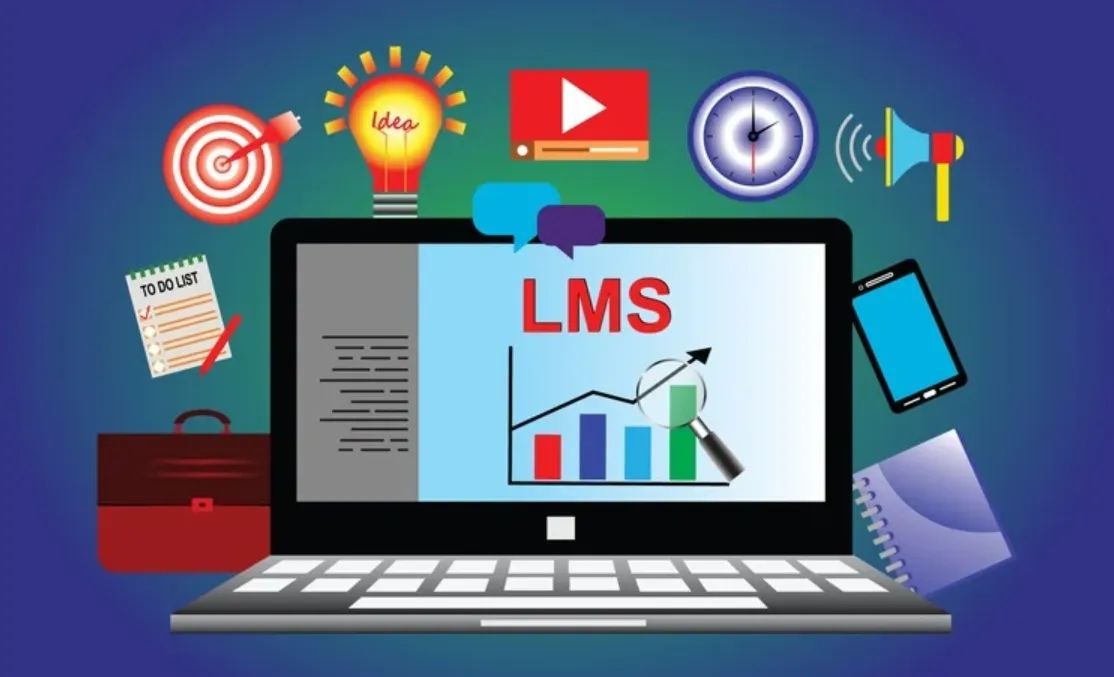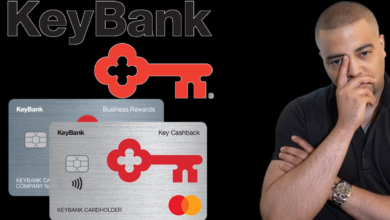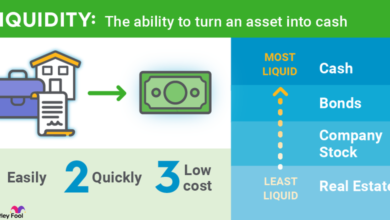Choosing the Right Learning Management System for Your Needs

In today’s digital landscape, Learning Management Systems (LMS) have become indispensable tools for organizations looking to streamline their training and development processes. With a plethora of options available, selecting the right LMS tailored to your specific needs can be a daunting task. This article will guide you through understanding the basics of LMS, identifying your learning needs, evaluating key factors, and making an informed decision that enhances your organization’s training efforts.
Contents
- 1 1. Understanding the Basics of Learning Management Systems (LMS)
- 2 2. Identifying Your Learning Needs
- 3 3. Key Factors to Consider When Choosing an LMS
- 4 4. Evaluating LMS Costs and Budget
- 5 5. LMS Security and Compliance
- 6 6. Comparing LMS Providers and Platforms
- 7 7. Making the Final Decision
- 8 Conclusion
1. Understanding the Basics of Learning Management Systems (LMS)
What is an LMS?
A Learning Management System (LMS) is a software application designed to plan, implement, and assess a specific learning process. It allows educators and organizations to deliver content, track learner progress, and manage educational records.
Key Features of an LMS
When considering an LMS, it’s essential to understand its core features, which often include:
- Course Creation and Management: Tools to create, edit, and manage courses and training materials.
- User Management: Features for enrolling learners, assigning roles, and tracking progress.
- Assessment and Analytics: Tools for creating quizzes and tests, as well as analytics to monitor learner performance.
- Communication Tools: Features like discussion forums, messaging, and notifications to facilitate interaction between learners and instructors.
Types of LMS: Cloud-based, Open-source, and Corporate
- Cloud-based LMS: Hosted on the vendor’s servers and accessed via the internet, offering scalability and ease of access.
- Open-source LMS: Platforms like Moodle that allow for customization and flexibility but may require more technical expertise.
- Corporate LMS: Tailored for corporate training needs, these systems often integrate with other enterprise software and offer advanced reporting features.
2. Identifying Your Learning Needs
Assessing Your Organization’s Training Goals
Before selecting an LMS, it’s crucial to identify your organization’s training objectives. Are you looking to improve employee onboarding, facilitate compliance training, or enhance overall skills development? Clear goals will help you find an LMS that aligns with your strategic initiatives.
Determining the Number of Users and Their Roles
Understanding the size of your learner base is vital. Consider how many users will need access and the various roles they will play (e.g., administrators, instructors, learners). This information will guide you in choosing an LMS that can accommodate your user base efficiently.
Evaluating Content Delivery and Learning Styles
Different learners have varying preferences for content delivery. Some may prefer video lectures, while others may thrive on interactive quizzes or reading materials. Assess the types of content your learners will benefit from and choose an LMS that supports diverse learning styles.
3. Key Factors to Consider When Choosing an LMS
User-Friendly Interface and Accessibility
A user-friendly interface is crucial for ensuring that both learners and instructors can navigate the LMS with ease. Look for an LMS that offers intuitive design, simple navigation, and accessibility options for users with disabilities.
Integration with Existing Tools and Systems
Consider how well the LMS integrates with your existing tools, such as Human Resource Management Systems (HRMS), Customer Relationship Management (CRM) systems, or content management systems. Smooth integration will facilitate data sharing and enhance the user experience.
Scalability and Customization Options
As your organization grows, your LMS should be able to scale accordingly. Choose a platform that allows for customization to fit your evolving needs, whether that involves adding new users, courses, or features.
Mobile Learning and Accessibility
In today’s fast-paced world, mobile learning is increasingly important. Ensure that the LMS you choose is mobile-friendly, allowing learners to access content anytime and anywhere, which can significantly enhance engagement and learning retention.
4. Evaluating LMS Costs and Budget
Upfront Costs vs. Subscription Models
LMS pricing models can vary widely. Some platforms require upfront costs for a perpetual license, while others operate on a subscription basis. Analyze which model aligns best with your budget and financial planning.
Additional Expenses: Maintenance, Support, and Upgrades
Consider potential hidden costs associated with maintenance, customer support, and regular upgrades. It’s essential to factor these into your budget to avoid unexpected expenses down the line.
Free vs. Paid LMS Solutions: Pros and Cons
Free LMS options may seem appealing but often come with limitations in features and support. Paid solutions typically offer more robust features, better customer service, and regular updates. Weigh the pros and cons of both to find the best fit for your organization.
5. LMS Security and Compliance
Ensuring Data Privacy and Security Standards
Given the sensitive nature of educational data, it’s vital to choose an LMS that adheres to strict security standards. Look for features like encryption, secure data storage, and regular security audits to protect user information.
Compliance with Industry Regulations and Certifications
Depending on your industry, you may need to comply with specific regulations regarding training and data management. Ensure that the LMS you select meets these compliance requirements, such as GDPR for data protection or SCORM for content standards.
6. Comparing LMS Providers and Platforms
Researching Popular LMS Platforms: Moodle, TalentLMS, etc.
Conduct thorough research on popular LMS platforms. Read reviews, case studies, and user testimonials to understand each platform’s strengths and weaknesses. This information can provide valuable insights into how well a platform might suit your needs.
Reading User Reviews and Testimonials
User reviews can offer firsthand accounts of the LMS experience. Look for feedback that highlights both positive experiences and challenges faced by users to gauge the reliability and effectiveness of the platform.
Requesting Demos and Free Trials
Most reputable LMS providers offer demos or free trials. Take advantage of these opportunities to explore the features, interface, and overall user experience before making a commitment.
7. Making the Final Decision
Shortlisting and Testing LMS Platforms
After conducting your research and evaluating your options, create a shortlist of LMS platforms that align with your needs. Engage in testing multiple platforms to determine which best meets your requirements and offers the most user-friendly experience.
Involving Stakeholders in the Decision-Making Process
Involving stakeholders in the decision-making process can provide diverse perspectives and insights. Gather feedback from team members who will use the LMS to ensure the chosen solution meets everyone’s needs.
Long-Term Support and Continuous Improvement
Finally, consider the long-term support offered by the LMS provider. A reliable vendor should provide ongoing updates, training, and customer support to help you maximize your investment and continuously improve your learning programs.
Conclusion
Choosing the right Learning Management System is a critical step toward enhancing your organization’s training and development efforts. By understanding the basics of LMS, identifying your specific learning needs, and evaluating key factors, you can make an informed decision that not only meets your immediate requirements but also supports your long-term educational goals. Investing the time and resources in selecting the right LMS will ultimately lead to a more effective and engaging learning experience for your organization.




